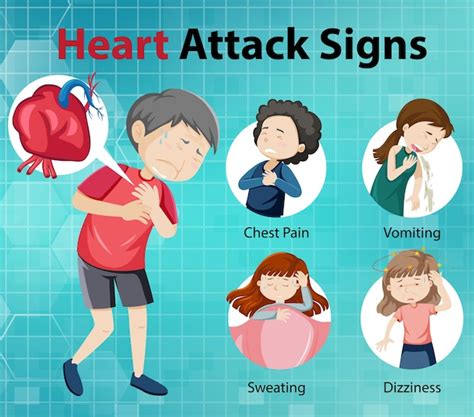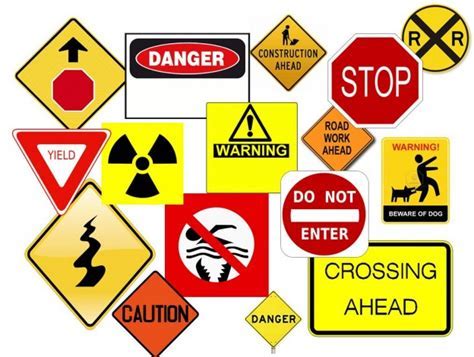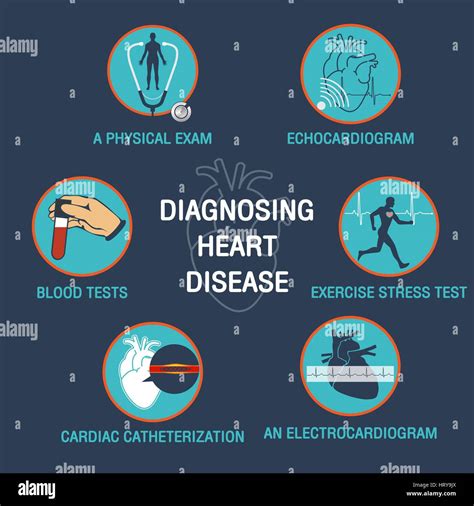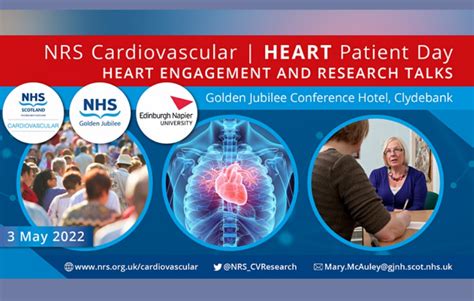Intro
Heart disease is a leading cause of death worldwide, and it's essential to recognize the symptoms, especially in women. Unlike men, women often experience different warning signs of a heart attack, which can be subtle and easily mistaken for other conditions. It's crucial to understand these symptoms to seek medical attention promptly and prevent severe damage or even death. In this article, we'll delve into the world of heart attack symptoms in women, exploring the warning signs, risk factors, and preventive measures.
The importance of recognizing heart attack symptoms in women cannot be overstated. According to the American Heart Association, heart disease is the number one killer of women, causing one in three deaths. Women are more likely to experience silent heart attacks, which can be deadly if left untreated. Furthermore, women often delay seeking medical attention, attributing their symptoms to other conditions or feeling embarrassed to seek help. This delay can lead to increased morbidity and mortality, emphasizing the need for awareness and education about heart attack symptoms in women.
The symptoms of a heart attack in women can be diverse and may not always be as dramatic as those experienced by men. While chest pain is a common symptom, women may experience other warning signs, such as shortness of breath, nausea, or fatigue. These symptoms can be mild or severe and may come and go, making it challenging to diagnose a heart attack. It's essential to listen to your body and seek medical attention if you experience any unusual or persistent symptoms.
Understanding Heart Attack Symptoms in Women

Heart attack symptoms in women can be categorized into typical and atypical symptoms. Typical symptoms include chest pain or discomfort, which can feel like pressure, tightness, or a squeezing sensation in the chest. Atypical symptoms, on the other hand, are more common in women and may include shortness of breath, nausea or vomiting, fatigue, or pain in the arms, back, neck, jaw, or stomach. Women may also experience lightheadedness, dizziness, or fainting, which can be alarming and require immediate medical attention.
Risk Factors for Heart Disease in Women
Several risk factors contribute to the development of heart disease in women, including age, family history, smoking, high blood pressure, high cholesterol, obesity, physical inactivity, and diabetes. Women with a family history of heart disease are more likely to develop the condition, especially if their mother or sister had a heart attack before the age of 65. Smoking is another significant risk factor, as it damages the cardiovascular system and increases the risk of heart disease.Recognizing the Warning Signs

Recognizing the warning signs of a heart attack is crucial for prompt medical attention. Women should be aware of the following symptoms:
- Chest pain or discomfort
- Shortness of breath
- Nausea or vomiting
- Fatigue
- Pain in the arms, back, neck, jaw, or stomach
- Lightheadedness or dizziness
- Fainting If you experience any of these symptoms, call emergency services immediately. Do not delay seeking help, as prompt medical attention can save your life.
Preventive Measures
Preventing heart disease is essential, and women can take several steps to reduce their risk. These include: * Maintaining a healthy weight * Engaging in regular physical activity * Eating a balanced diet * Quitting smoking * Managing stress * Getting enough sleep * Monitoring blood pressure and cholesterol levels * Managing diabetesDiagnosing Heart Disease in Women

Diagnosing heart disease in women can be challenging due to the subtle symptoms. Doctors use various tests to diagnose heart disease, including:
- Electrocardiogram (ECG or EKG)
- Echocardiogram
- Stress test
- Coronary angiogram
- Blood tests
Treatment Options
Treatment options for heart disease in women depend on the severity of the condition. These may include: * Medications to manage symptoms and slow disease progression * Angioplasty or stenting to open blocked arteries * Coronary artery bypass grafting (CABG) to bypass blocked arteries * Lifestyle modifications, such as diet and exercise changesLiving with Heart Disease

Living with heart disease requires lifestyle modifications and ongoing medical care. Women with heart disease should:
- Follow a heart-healthy diet
- Engage in regular physical activity
- Manage stress
- Get enough sleep
- Monitor blood pressure and cholesterol levels
- Attend regular check-ups with their doctor
Coping with Emotions
Coping with emotions is essential for women living with heart disease. The condition can cause anxiety, depression, and fear, which can impact daily life. Women should: * Seek support from family and friends * Join a support group * Practice stress-reducing techniques, such as meditation or yoga * Focus on positive aspects of lifeConclusion and Next Steps

In conclusion, heart attack symptoms in women can be subtle and easily mistaken for other conditions. It's essential to recognize the warning signs and seek medical attention promptly. By understanding the risk factors, preventive measures, and treatment options, women can take control of their heart health. If you're concerned about your heart health or have experienced any unusual symptoms, consult with your doctor.
We invite you to share your thoughts and experiences with heart disease in the comments below. Your story can inspire and educate others, promoting awareness and understanding of this critical condition. Don't hesitate to reach out to your healthcare provider if you have any questions or concerns about your heart health.
What are the most common symptoms of a heart attack in women?
+Chest pain or discomfort, shortness of breath, nausea or vomiting, fatigue, and pain in the arms, back, neck, jaw, or stomach are common symptoms of a heart attack in women.
How can I reduce my risk of developing heart disease?
+Maintaining a healthy weight, engaging in regular physical activity, eating a balanced diet, quitting smoking, managing stress, and getting enough sleep can help reduce your risk of developing heart disease.
What should I do if I experience symptoms of a heart attack?
+If you experience symptoms of a heart attack, call emergency services immediately. Do not delay seeking help, as prompt medical attention can save your life.
